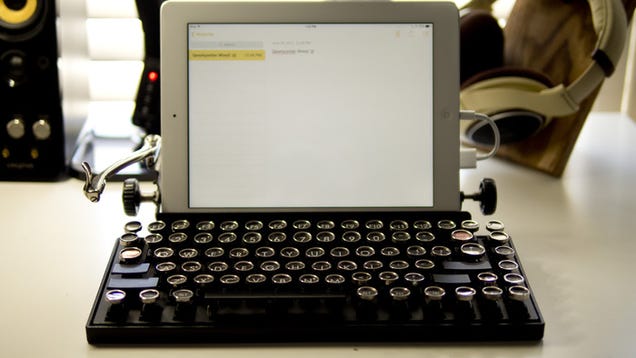

In many graphical applications, especially on Windows, the Tab key will move the focus to every control or widget such as buttons so that the user interface can be used without a mouse at all (this was part of the IBM Common User Access design). When filling out a computerized form, pressing Tab will sometimes move the cursor to the next field (and Shift-Tab will move the cursor to the previous field), eliminating the need to use a mouse to click in an adjacent field. In word processing and text editing, the Tab key will move the insertion point to the next tab stop in a table, insert the ASCII tab character, or insert multiple space characters (depending on the program used).

These keys, if present, are typically labeled tab set and tab clear. In 1940, James Koca filed for a patent on a mechanism allowing the tab stops for each column to be set and cleared from the keyboard, eliminating the need for the typist to bend over the back of the machine to directly manipulate the tab rack. To set or reset a tab for a particular column, the tab stop for that column was simply rotated in or out of engagement. Initially tab stops were set by adding and removing clips from the tab rack, but Edward Hess working for the Royal Typewriter Company filed for a patent in 1904 covering a system where the tab stops were permanently mounted on the tab bar. Pressing 10 advanced to the space before the tab, pressing 100 advanced to the position 2 spaces before the tab. For example, in 1903, Harry Dukes and William Clayton filed for a patent on a tab mechanism with multiple tab keys numbered 1, 10, 100, etc. Various schemes for numeric tabs were proposed. Tabbing to this location and then pressing the backspace key to back up to the position of the first digit is practical but slow. For numeric data, however, the logical place for the tab stop is the location of the least significant digit. Often a first tab stop at 5 or 6 characters was used for this, far larger than the indentation used when typesetting.

The tab mechanism came into its own as a rapid and consistent way of uniformly indenting the first line of each paragraph. Fredric Hillard filed a patent application for such a mechanism in 1900.

The original tabulator stops were adjustable clips that could be arranged by the user on the tabulator rack. Pressing the tab key would advance the carriage to the next tabulator stop. To simplify this, a horizontal bar was placed in the mechanism called the tabulator rack. The word tab derives from the word tabulate, which means "to arrange data in a tabular, or table, form." When a person wanted to type a table (of numbers or text) on a typewriter, there was a lot of time-consuming and repetitive use of the space bar and backspace key. On this machine, the tab-rack is removable for easy reconfiguration. Check out this VIDEO to see it in action.The tab rack from a Flexowriter model 2201. It almost makes you want to crank out the next great novel and looks like it's built to last a lifetime, but it seems that current trends will have us all going back to quill and ink on parchment paper before that ever happens.
#Tablet typewriter keyboard android
This wireless typewriter-inspired mechanical keyboard features all metal construction with a scratch-resistant aluminum chassis, a cast metal macro-programmable return bar, German engineered Cherry MX Blue mechanical switches, round typewriter inspired keycaps, dual scroll knob encoders, an integrated tablet stand, wireless Bluetooth connectivity with up to 3 devices, a wired USB mode with NKRO, and can be used with Windows, Mac Os, iOS, and Android devices. Well, now you can once again relive that satisfying clickety-clack sound of typing on a typewriter, except with current technologies like computer monitors, tablets, and smartphones displaying your writings instead of a sheet of paper, with this cool new yet quite retro Qwerkywriter S. We live in this weird modern age of total nostalgia, where we seem to be rejecting the current technology and media for that of days long ago, like vinyl records, VHS tapes, cassette tapes, just about anything from the 1980s, and now typewriters.


 0 kommentar(er)
0 kommentar(er)
